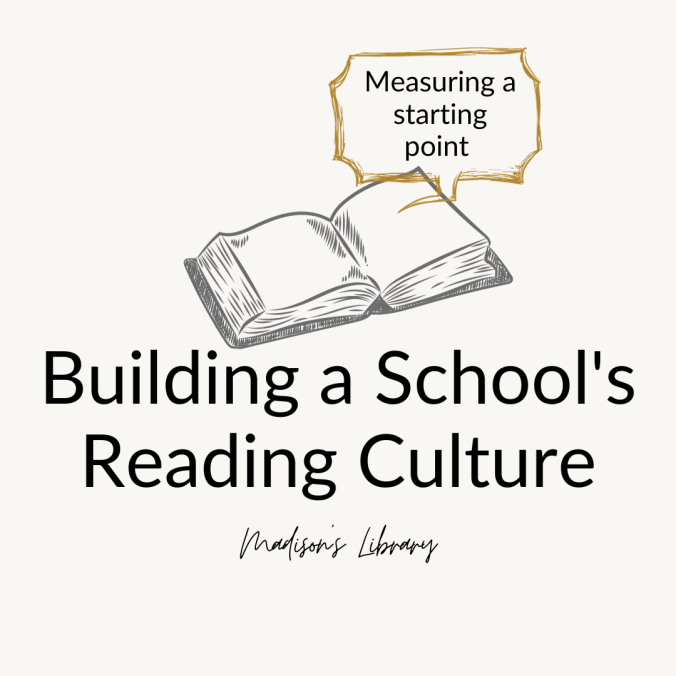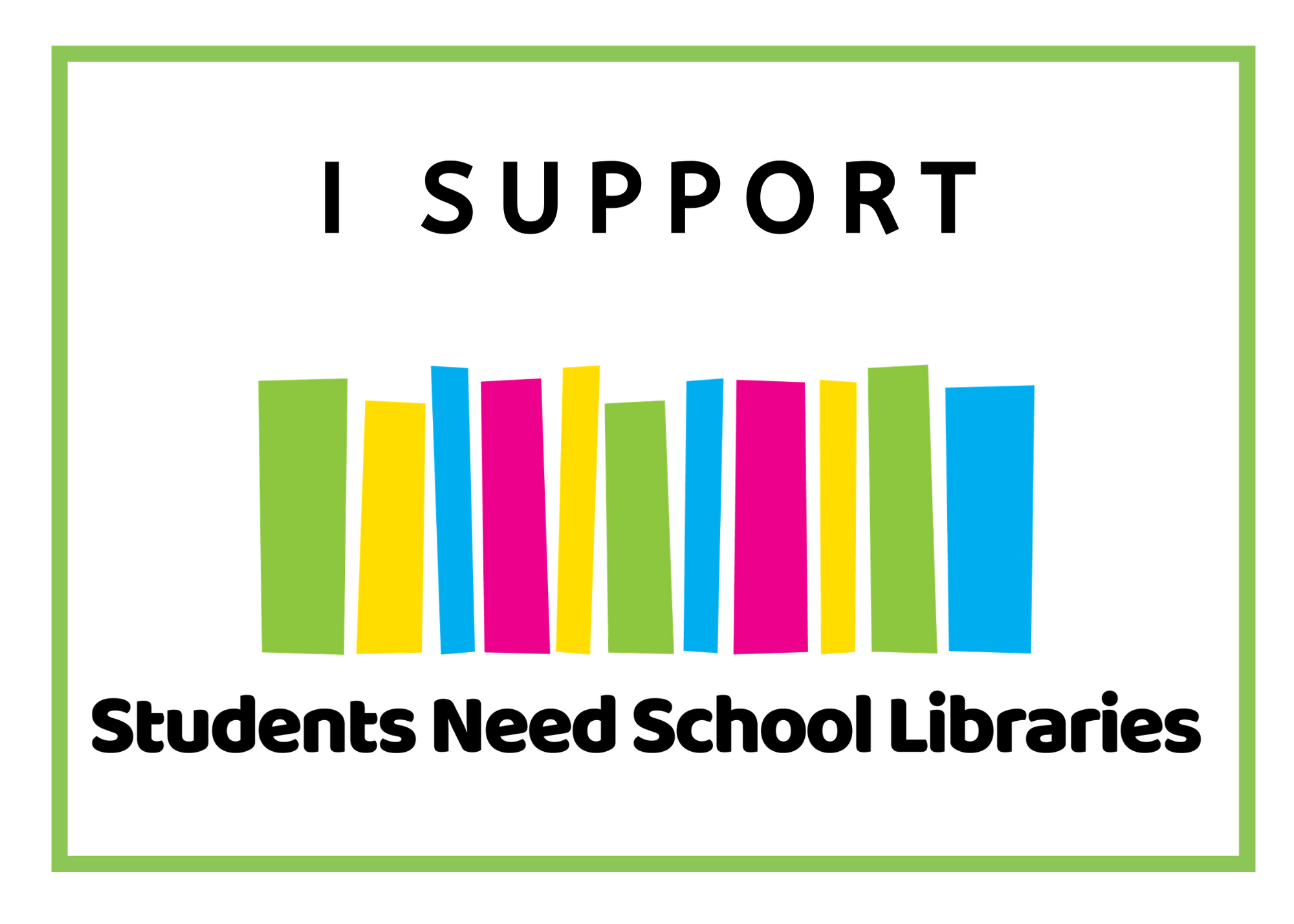Building A School Reading Culture – Part 6 Measuring The Starting Point
Little did I know 24 months ago when I started my exploration into culture change and building a reading culture, the journey it would take me on.
If you’ve missed parts of my series on building a reading culture you’ll find the start of this story in part 1, an exploration of organisational culture research in part 2, culture change research and methodology in part 3, and a deeper look at reading culture in part 4. In part 5, I shared some of the tools that could be used to measure reading culture.
Now the time has come to share where I am in this journey and how I think my school stacks up when measuring our reading culture.
I have to be honest, this whole project got put on the back burner when I was told I had to move the secondary library into a temporary location, prepare to move into our new school library space, and then finally move into our new building. The past 12 months have been a lot and survival has been my main goal. Now, with our new space open to students, a rejuvenated non-fiction collection and full access to our fiction collection once again, I can turn my attention back to building the reading culture. Thankfully, the Junior Library team have continued to work very hard on building and supporting a reading culture throughout this time, so there is lots of good progress to build upon.
How we measured up
In the last post, I shared some tools for measuring reading cultures. While individually they each focus on just a small part of a reading culture or school library service, together they do help a little to assess a school library’s impact. The thing that is challenging about using these tools is I am already very aware of the weaknesses, gaps and opportunities for improvement in our school library. It’s hard to assess a school culture of reading and the library’s impact at a point in time when you have a massive to-to list, goals and so much you want to change about the space. They would be more helpful, I think, for someone unsure of the quality of their library service or unsure of the areas that need improvement. Some of the things I have identified that definitely needs improvement include our collections, the policy towards borrowing in the junior library, increasing author visits and special events, a wider variety of book clubs, visibility of reading throughout the school, programs to support teachers to support reading, staff reading engagement, awareness of what the school library offers and more. These are already on my list to address.
The tools also don’t really dig down into what the students think about reading.
Reading Survey
However, to help measure this, we took part in the Deakin Teen Reading habits survey in the middle of 2022. Our school results and the wider preliminary national results from QLD, VIC, WA and NSW offered some really fantastic data from our high school students about their reading habits and reading beliefs. Our Year 7- 12 students took the survey in July 2022. Most respondent were aged 12 – 15. Compared to the preliminary results shared by Deakin research team, our students engage less with reading for pleasure. Similar results are found when asking students how often they engage with reading.
What I interpret from these results is our stats are stronger for frequent readers, but we have more students who are not reading at all or less than once a week, a concerning figure.
Of interest to me was the split between students who preferred to read fiction (60%), compared to non-fiction (6%) and those who favoured them equally (34%). I am keen to see if that has changed since we have reinvigorated the secondary school library non-fiction collection.
Another key figure was where students predominately get their books. The school library ranked fourth (44%), after presents (71%), bookshops (70%) and home (59%). Again, this is something I’d love to see re-surveyed, as I was well aware of this trend and have actively worked to tell students we’ll purchase the books they want, saving them the need to purchase their own and making the school library a more integral part of their reading habits.
Loan statistics
Of course, a book loaned is not a book read, but loan statistics can at least tell me a little about engagement with the collections. While some of my loan statistics are quite skewed due to us being in a temporary location for six months, the data I do have is very promising. The loan statistics for the junior library is up 30% compared to the same period last year and 48% compared to 2021. The loans for the high school library in term 2 and 3 this year are up 35% compared to 2022, 84% in 2021 and similarly for the 3 years prior to that.
A change in direction
As well as planning for and pulling off moving the secondary school library twice in the past 12 months, I’ve been working hard on the school library’s strategic plan and vision statement. Following on from a branding audit, action research and this investigation into reading cultures and culture changes, I took a hard look at what I was trying to achieve. I have interviewed staff about their thoughts about the library and used some of the school library and reading culture rubrics to assess our library and school. And I’ve come to a conclusion. I’ve decided that all reading cultures do not have to be the same, and nor should they be. My school library is very unique and needs to be to serve my unique school. Our reading culture should, therefore, be unique.
Something struck me when researching reading cultures. What was cited as a strong reading culture in the literature and research was often similar – a school with a very visual and singular focus on reading. Characterised by reading being mentioned in the school strategic plan and vision statement, all staff on board and publicly promoting reading with their students, and programs to support reading. While these things are wonderful, I think it is unlikely that we can all aspire to and achieve such a situation. Nor should all schools be the same – it just wouldn’t suit our diverse cultures and students. Instead, I looked more closely at the unique factors that indicate a strong reading culture – availability, opportunity, encouragement and support for reading (Merga & Mason, 2019), as well as intrinsic student motivation for reading, reading engagement, autonomy, and student choice (Daniels & Steres, 2011). These are doable.
So, instead I decided to take a new approach to a building a reading culture, one that is as unique as my school and school library. Does it rate against the traditional definitions of a reading culture? That remains to be seen. Will it support reading, make reading visible, and lead to all the benefits that reading offers? That’s what I intend to find out.
References
Daniels, E., & Steres, M. (2011). Examining the effects of a school wide reading culture on the engagement of middle school students. Research in Middle Level Education Online, 35(2), 1–13. https://files.eric.ed.gov/fulltext/EJ951779.pdf
Merga, M. K., & Mason, S. (2019). Building a school reading culture : Teacher librarians’ perceptions of enabling and constraining factors. The Australian Journal of Education, 63(2), 173–189. https://search-informit-org.ezproxy.slq.qld.gov.au/doi/10.3316/aeipt.224272



Leave a Reply